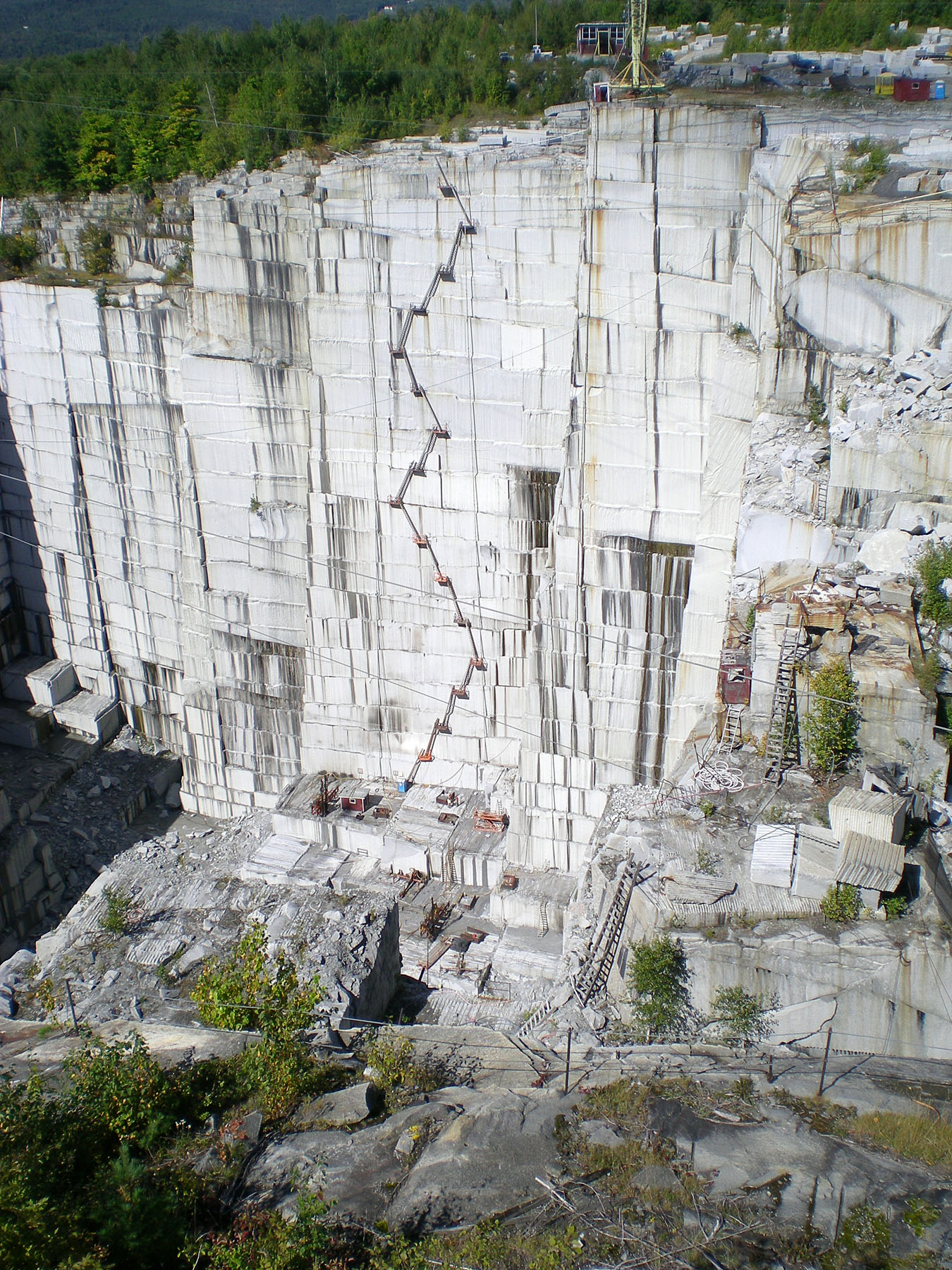Exploring Granite Quarries in South Africa Industry: From Quarry to Work of art
Exploring Granite Quarries in South Africa Industry: From Quarry to Work of art
Blog Article
Unearthing the Rich History and Lasting Practices of Granite Quarrying
As we depend on the precipice of revealing the elaborate tapestry of granite quarrying, a trip with time reveals not just the physical act of extracting rock however also the cultural and historical significance woven right into the very material of this method. From the ancient beginnings that laid the structure for contemporary quarrying techniques to the lasting methods that are shaping the future of this market, each carve mark on granite surfaces informs a tale waiting to be uncovered (granite quarries in south africa). The legacy of granite quarrying extends far beyond simple removal; it is a testimony to human ingenuity, resilience, and the enduring attraction of this majestic stone
Ancient Origins of Granite Quarrying
Going back to old people, the practice of quarrying granite has been an integral part of human background and architectural advancement. The earliest evidence of granite quarrying go back to ancient Egypt, where substantial pyramids and detailed sculptures were crafted from this resilient stone. The Egyptians utilized primitive devices to remove granite blocks from quarries, showcasing the importance of this product in their monumental buildings.
Moving on in background, the Greeks likewise made significant payments to the quarrying of granite. The Greeks made use of granite in numerous architectural wonders, such as temples and sculptures, demonstrating their skill in shaping and carving this durable rock. The Romans better refined the strategies of quarrying granite, utilizing innovative tools like chisels and hammers to extract and form granite for their legendary frameworks.
With the centuries, the method of quarrying granite has advanced, with modern-day technologies enhancing performance while preserving the classic allure of this natural stone - granite quarries in south africa. From old worlds to contemporary building contractors, the heritage of granite quarrying remains to shape our world
Evolution of Quarrying Strategies
The advancement of quarrying methods has been marked by a continuous development in the direction of better effectiveness and accuracy in drawing out granite. From the primary techniques utilized by our forefathers to the sophisticated modern technologies used in modern-day quarrying operations, the sector has actually undertaken considerable developments. Early quarrying strategies entailed manual labor with fundamental devices such as blades, hammers, and wedges to draw out granite blocks from the planet. As worlds progressed, strategies like fire-setting and primitive nitroglycerins were introduced to assist in the removal process.
In even more recent times, the arrival of equipment revolutionized the quarrying industry, enabling faster extraction prices and boosted efficiency. Technologies such as ruby cable saws, high-pressure water jets, and pneumatic drills have actually become conventional in modern-day quarries, enabling precise cutting and minimized waste. Innovations in computer-controlled devices and 3D modeling have enhanced quarrying operations, their website leading to marginal ecological influence and boosted sustainability practices. As the need for granite proceeds to climb, the development of quarrying strategies stays essential to meeting sector needs successfully and sustainably.
Social Importance of Granite
Granite holds an extensive social value across different people due to its enduring visibility in architectural work of arts and revered monuments. The social value of granite expands beyond its physical attributes; click here to find out more it personifies durability, security, and eternity, making it a symbol of withstanding legacies and customs.

Lasting Practices in Quarrying
In the middle of the rich background of granite quarrying and its cultural significance exists an expanding emphasis on lasting methods within the industry. As ecological understanding and issues regarding resource deficiency have enhanced around the world, the quarrying market has increasingly welcomed lasting techniques to reduce its effect on the environment and surrounding neighborhoods.

In addition, recovery and rehab of quarry sites post-extraction are integral to lasting methods. By recovering quarried locations to a natural or useful state, such as producing wild animals environments or leisure spaces, quarriers can offset the ecological footprint of their operations and add favorably to the local ecological community.
Legacy of Granite Quarrying
With a historical backdrop steeped in workmanship and industrial progression, what enduring impact has granite quarrying left on the landscape of modern-day society? The legacy of granite quarrying transcends plain removal methods; it has formed building marvels, city landscapes, and social heritage worldwide. The resilient nature of granite has made it a recommended option for monuments, structures, and facilities, standing as a testament to the ability and creativity of quarry workers throughout generations.
Additionally, the financial impact of granite quarrying can not be ignored. The sector remains to supply work chances and drive local economic climates in areas where granite removal is prevalent. It has actually additionally stimulated technological improvements in quarrying strategies and equipment, resulting in extra effective and lasting practices.
In terms of sustainability, the tradition of granite quarrying consists of efforts to reduce ecological impacts via reclamation tasks and liable resource monitoring. By balancing economic passions with ecological stewardship, the industry aims to make certain that future generations can continue to profit from this long-lasting all-natural source.
Verdict

Report this page